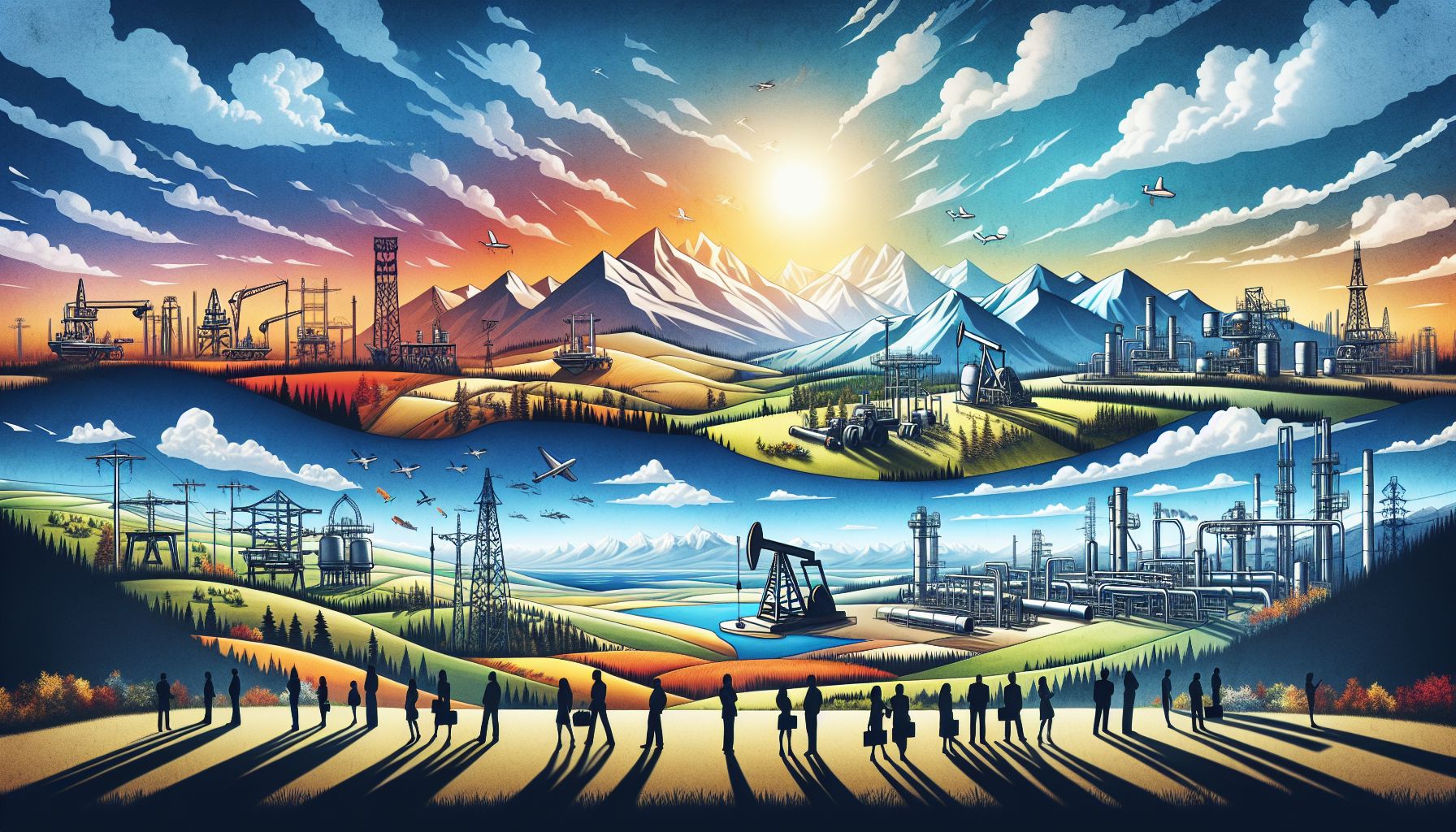The oil and gas industry in Canada is a complex and ever-evolving sector that plays a crucial role in the country’s economy. From the extraction of natural resources to the refinement and distribution of products, the industry is a multifaceted network of companies, workers, and regulations.
In recent years, the landscape of the Canadian oil and gas industry has been subject to numerous changes and challenges. The industry has faced fluctuating oil prices, changing environmental regulations, and increased competition from other energy sources. These factors have created a sense of uncertainty and instability within the industry, leading to shifts in production, investment, and employment.
One of the key challenges facing the Canadian oil and gas industry is the issue of pipeline infrastructure. Pipelines are essential for transporting oil and gas from production sites to refineries and markets, but they have become a source of contention due to environmental concerns and opposition from Indigenous communities. The construction of new pipelines has been met with protests and legal challenges, creating delays and uncertainty for industry stakeholders.
Despite these challenges, the Canadian oil and gas industry remains a vital component of the country’s economy. It contributes billions of dollars to GDP and provides thousands of jobs across the country. The industry also plays a key role in meeting domestic energy needs and supporting other sectors of the economy, such as manufacturing and transportation.
In recent years, there has been a growing emphasis on sustainability and environmental responsibility within the oil and gas industry. Companies are investing in clean technologies, reducing their carbon footprint, and exploring alternative energy sources. This shift towards sustainability is not only driven by regulatory requirements but also by consumer demand for environmentally friendly products and practices.
The future of the Canadian oil and gas industry is uncertain, with many factors influencing its trajectory. Global oil prices, government policies, technological advancements, and public perception all play a role in shaping the industry’s future. As the industry continues to adapt to these changes, it will be crucial for stakeholders to collaborate, innovate, and transform in order to remain competitive and sustainable in the long run.
In conclusion, the Canadian oil and gas industry is a dynamic and complex sector that is constantly evolving in response to internal and external pressures. While facing challenges such as fluctuating oil prices, environmental regulations, and pipeline opposition, the industry remains a crucial pillar of the country’s economy. By embracing sustainability, innovation, and collaboration, the industry can navigate the uncertain landscape ahead and continue to thrive in the years to come.

